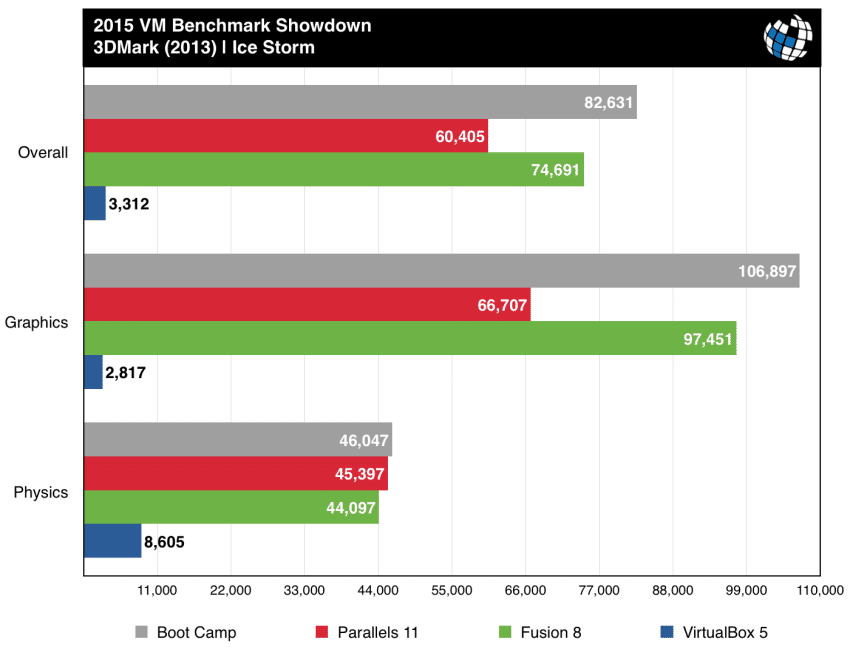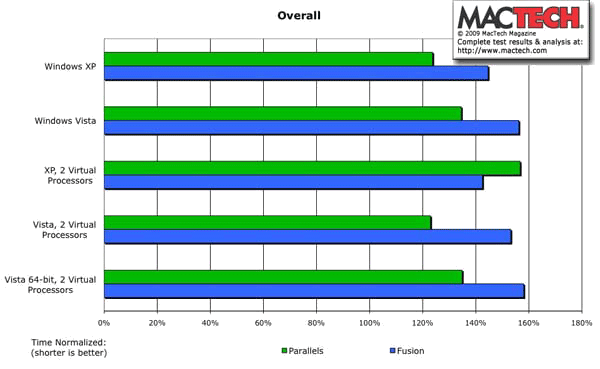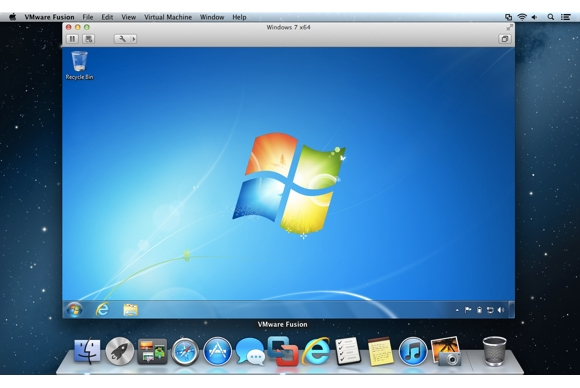

- #Parallels vs vmware fusion for mac os x
- #Parallels vs vmware fusion install
- #Parallels vs vmware fusion drivers
- #Parallels vs vmware fusion driver
Performance-wise, it seemed that Vista liked running on the Mac mini.
#Parallels vs vmware fusion drivers
The downfalls - no interaction between OS X and Windows environment and the system has to be restarted to switch between OSes.Īlthough Apple recommends installing drivers off the Leopard CD, all pertinent drivers were installed without having to do so.

If full Windows functionality like support for USB devices is needed, Boot Camp, may be the better option. Installing Vista with Boot Camp requires an NTFS partition and the actual OS is run. To reiterate: Boot Camp allows for multiple booting.
#Parallels vs vmware fusion for mac os x
The VM was deleted by having to delete the actual file in the directory structure.īoot Camp Assistant makes partitioning easy with a graphical interface to allocate hard drive space for Mac OS X and the additional OS. Also - one other minor issue - there did not seem to be a way to delete the VM through the graphical interface. The Vista VM in VMware Fusion scored a slightly higher result: 1504 over Parallels’ 1468.Īs the case with Parallels, the Vista OS in Fusion did not recognize a USB device. However, it provided a ballpark barometer for performance. Geekbench is not an ideal tool for benchmarking virtualization it gives a more accurate reflection on natively-run OSes. Reviewers used Primate Labs’ Geekbench tool to do performance testing. There were system no crashes and less latency working within VMware’s VM. Performance-wise, VMware Fusion fared a bit better than Parallels. In Unity mode, Windows applications are integrated within OS X. Unity is VMware Fusion’s answer to Coherence. Before creating a VM, the program gives the option of creating it as read only or write-only, a useful additional feature.
#Parallels vs vmware fusion driver
Guest OS is easy to setup, and while creating a Vista VM there were no problems with driver compatibility or network adapters.

VMware Fusion 1.1.2 offers comparable features and functionality as Parallels Desktop. Deleting VMs can be done right from the Parallels menu which will evoke the utilitarian-named: Delete Virtual Machine Assistant. Want to delete a no longer needed VM? It’s simple in Parallels. This is great way to seamlessly work quickly between Mac and Windows applications. Instead, the Vista Start menu becomes anchored as an item on the Dock. For example, when running a Vista VM in Coherence, a separate Window for Vista does not appear on the Mac desktop. This allows the guest OS to integrate into the Mac OS X environment. With Parallels Desktop, a VM can run in Coherence mode. The Vista VM locked up a few times, with the following message: “An unexpected error code -600.” This crashing ceased after restarting the VM two times. The network adapter, sound and display drivers were detected and caused no issues. USB support was enabled to “connect to guest OS.” The USB keyboard and mouse worked fine in the VM, but a USB thumb drive went undetected in the VM, and was only detected in the host OS. Too bad that was not the case with USB support. Parallels offers control options that are pretty granular: boot sequence, memory allocation and network adapter emulation options are among the configurable features for the virtual machine.ĭragging and dropping between the host OS and guest caused no problems.
#Parallels vs vmware fusion install
Setting up a Vista virtual machine from loading the CD to the last reboot after the install of Parallels Tools took 37 minutes. Parallels Desktop 3.0 for Mac was cake to install. VMware and Parallels are of course virtualization solutions while Boot Camp allows for dual-booting.Īll three programs were loaded on a spanking new Mac mini, outfitted with Leopard 10.5.2, a 1.83 GHs Intel Core 2 Duo processor and 1 GB RAM. These solutions achieve the same end: getting multiple OSes to run on a single platform but by different means.



 0 kommentar(er)
0 kommentar(er)
